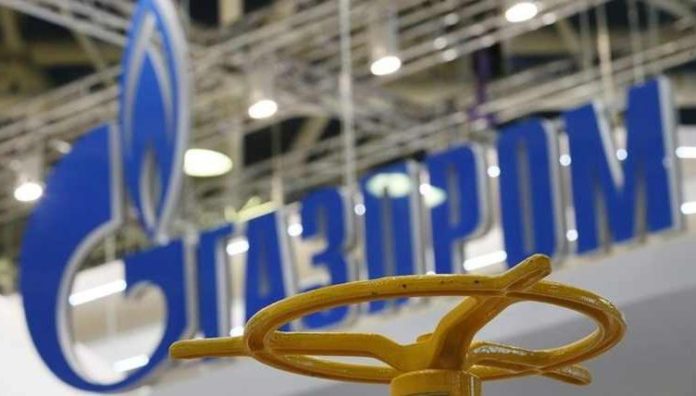Russian state gas producer Gazprom has started direct rail shipments of liquefied petroleum gas (LPG) via a new bridge to the Crimea peninsula which Moscow annexed from Ukraine in 2014, Gazprom executives have said and shipments data showed on Thursday, Reuters reported.
Shipments have started via the road-to-rail bridge, whose construction by Russia was opposed by Ukraine and was complicated by European Union sanctions banning European citizens and companies from investing in the annexed peninsula, including its transport and infrastructure.
According to Refinitiv Eikon data, Gazprom supplied around 2,200 tonnes of LPG via the bridge to Crimea in August, mainly from its Russian plants. The company has not responded to a request for comment.
LPG is mainly used as fuel for cars, heating and to produce other petrochemicals.
Direct rail deliveries of LPG from Russia to Crimea can reduce transportation costs by approximately 20-37%, according to calculations provided by Crimean Railway. Previously, LPG was delivered to Crimea via the Kavkaz-Kerch ferry by rail tank cars or by trucks.
“We made test shipments of LPG to Crimea via the bridge in August. We are waiting for the rail tank-cars to be returned and then will assess the economics and compare with the cost of ferry shipment,” Dmitry Mironov, CEO of Gazprom GNP Sales, said last week during an online conference.
Gazprom is the main supplier of LPG to the Crimea, shipping 50,000-60,000 tonnes of product per year which covers some 93-95% of its demand, as per traders’ estimates.
Russian producers started supplies of propane-butane mix to Crimea in May 2014, directly or through third-party trading structures.
Rosneft delivered LPG to Crimea on a regular basis in 2014-2019, but suspended supplies in 2020.
Lukoil and Sibur supplied LPG to Crimea in 2014 and 2015, while Tatneft and Gazprom Neft shipped LPG to the peninsula in 2016 and 2017, accordingly.
Ferry supplies of LPG to Crimea in 2020 stood between 3,100 and 3,200 tonnes per month compared to 3,700-3,800 tonnes per month in 2017-2019.












